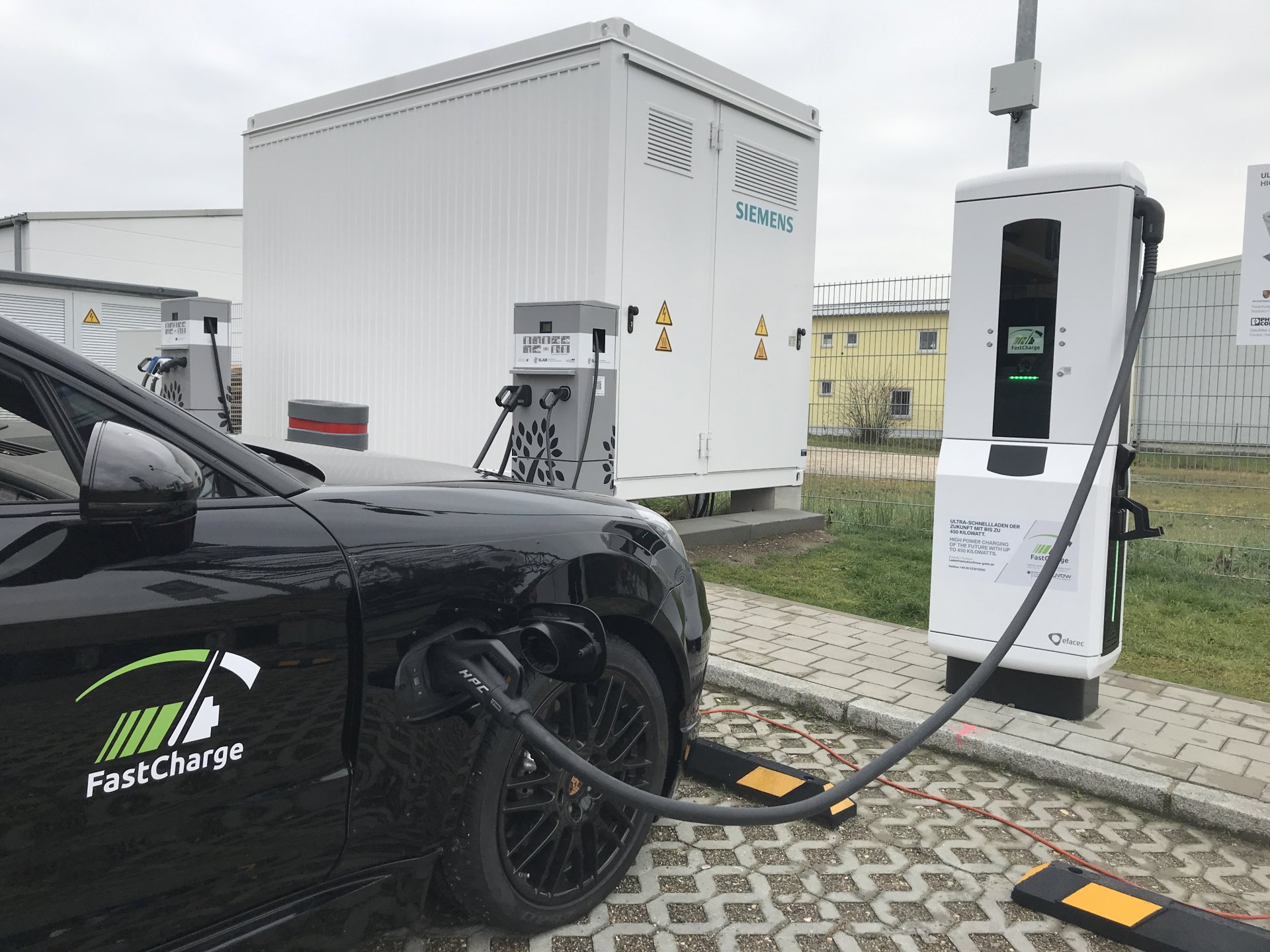Last year, the Environmental Protection Agency (EPA) announced stricter emission standards for vehicles from 2027 to 2032, aiming to accelerate the adoption of electric vehicles (EVs). But now that manufacturers are opposing the regulations, the Department of Energy found more lax ones.
Instead of mandating that 46-67% of light-duty vehicles be electric by 2032, the new regulations stipulate a range of only 35-56%, with plug-in hybrid vehicles (PHEVs) comprising 16-36%.

On Wednesday, the Biden administration revealed updated automobile emission standards, which are less stringent than the EPA’s previous guidelines.
Nevertheless, officials asserted that these regulations remain ambitious in their efforts to reduce emissions from passenger vehicles, addressing concerns raised by carmakers about the feasibility of transitioning to EVs.
The relaxation of last year’s rules allows automakers to meet federal fuel efficiency standards while still producing and selling lucrative gasoline-powered trucks and SUVs. This decision follows extensive discussions with industry stakeholders who expressed reservations about achieving the initial targets for EV adoption.
Initially, the plan was for electric vehicles to make up two-thirds of all new car sales by 2032. To provide context, only 8% of new vehicles sold in the US last year were electric, with even fewer produced by the Detroit Three automakers.
Under the revised regulations, electric vehicles are expected to comprise between 35% and 56% of total sales by 2032, depending on the scenario. This provides automakers with additional time to transition to electric vehicles while still catering to consumer demand for traditional internal combustion engine (ICE) vehicles.
The decision to revise the regulations reflects a pragmatic approach to balancing environmental objectives with economic considerations. With increased flexibility, the revised rules hope to ease the shift to electric vehicles (EVs) while taking into account customer preferences and the state of the industry.
The EPA emphasizes that the new standards remain technology-neutral and performance-based, allowing manufacturers to choose the most suitable pollution-control technologies while still meeting environmental goals.
EPA Administrator Michael Regan underscored the efficacy of the updated rules, stating that they would deliver equivalent or greater pollution reductions compared to the initial proposals.

